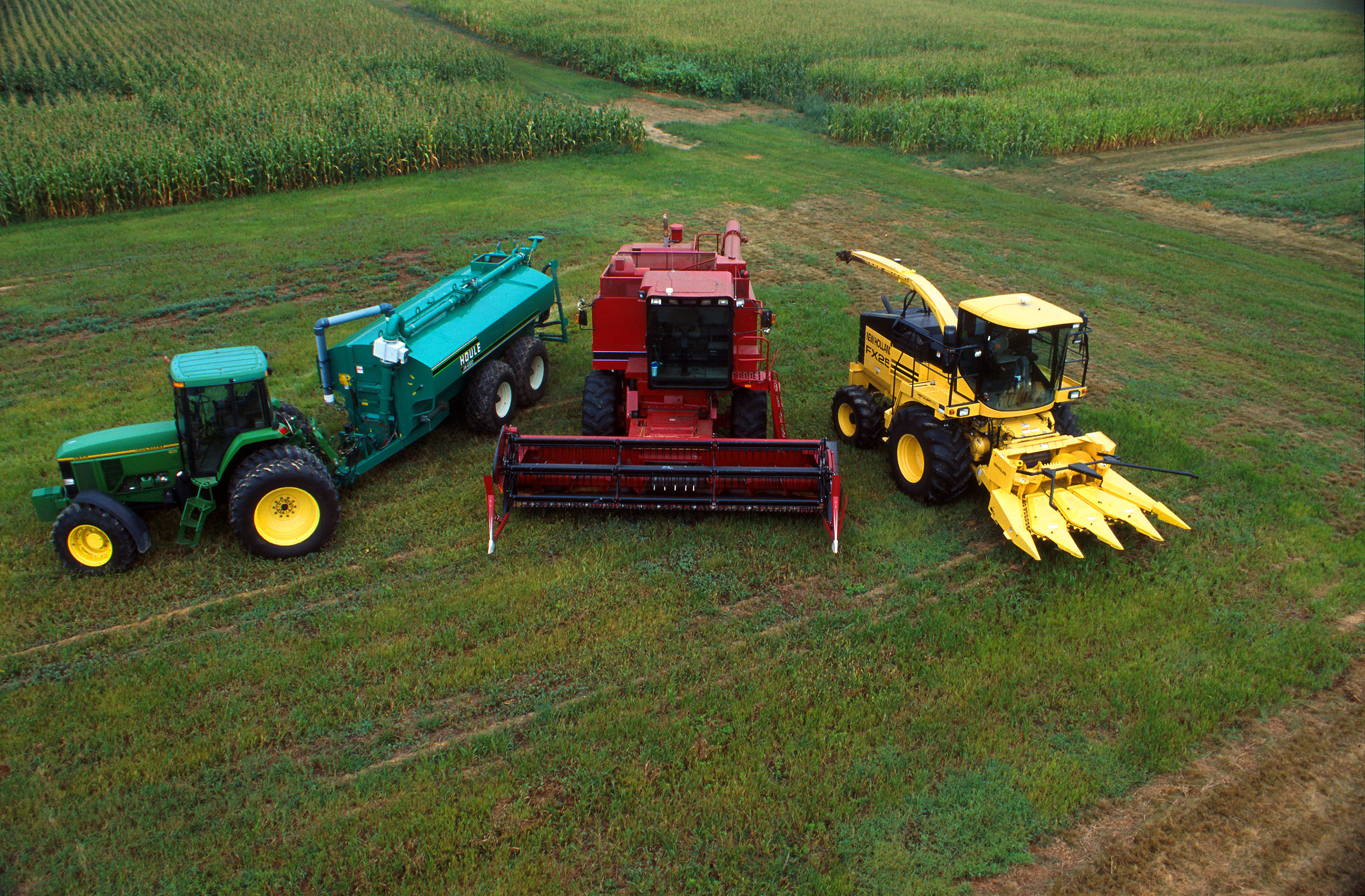|
Loan Deficiency Payment
In United States agriculture policy, loan deficiency payments (LDP) are a farm income support program first authorized by the Food Security Act of 1985 (P.L. 99-198) that makes direct payments, equivalent to marketing loan gains, to producers who agree not to obtain nonrecourse loans, even though they are eligible. Loan deficiency payments are available under the 2002 farm bill The Farm Security and Rural Investment Act of 2002, also known as the 2002 Farm Bill, includes ten titles, addressing a great variety of issues related to agriculture, ecology, energy, trade, and nutrition. This act has been superseded by the 2007 ... (P.L. 101-171, Sec. 1205) for wheat, corn, grain sorghum, barley, oats, upland cotton, rice, soybeans, other oilseeds, wool, mohair, honey, dry peas, lentils, and small chickpeas. Producer Option Payment (POP) is the original name for the loan deficiency payment (LDP). This phrase continues to be used by some farmers. References * External links Nonrecou ... [...More Info...] [...Related Items...] OR: [Wikipedia] [Google] [Baidu] |
Food Security Act Of 1985
The Food Security Act of 1985 (P.L. 99–198, also known as the 1985 U.S. Farm Bill), a 5-year omnibus farm bill, allowed lower commodity price and income supports and established a dairy herd buyout program. This 1985 farm bill made changes in a variety of other USDA programs. Several enduring conservation programs were created, including sodbuster, swampbuster, and the Conservation Reserve Program. Summary The Food Security Act of 1985 was passed by the United States Congress on December 18, 1985, and signed by the President Ronald Reagan on December 23, 1985. This was the first farm bill with a specific title devoted to conservation programs and policies. The 1985 Farm Bill included the Conservation Reserve Program (CRP) in its current form and operation, but most notably it included conservation compliance requirements: to be eligible for commodity subsidies farmers had to comply with provisions known as swampbuster (addressing the draining of wetlands), sodbuster (addressin ... [...More Info...] [...Related Items...] OR: [Wikipedia] [Google] [Baidu] |
2002 Farm Bill
The Farm Security and Rural Investment Act of 2002, also known as the 2002 Farm Bill, includes ten titles, addressing a great variety of issues related to agriculture, ecology, energy, trade, and nutrition. This act has been superseded by the 2007 U.S. Farm Bill. The act directs approximately 16.5 billion dollars of funding toward agricultural subsidies each year. These subsidies have a dramatic effect on the production of grains, oilseeds, and upland cotton. The specialized nature of the farm bill, as well as the size and timing of the bill, made its passage highly contentious. Debated in the U.S. House of Representatives during the immediate aftermath of the September 11th attacks in 2001, the bill drew criticism from the White House and was nearly amended. The amendment, which failed by a close margin, was proposed by Rep. Ron Kind (D-WI) and would have shifted money away from grain subsidies to conservation measures. Public debate over the farm bill continued, and the Senat ... [...More Info...] [...Related Items...] OR: [Wikipedia] [Google] [Baidu] |
United States Department Of Agriculture
The United States Department of Agriculture (USDA) is the United States federal executive departments, federal executive department responsible for developing and executing federal laws related to farming, forestry, rural economic development, and food. It aims to meet the needs of commercial farming and livestock food production, promotes agricultural trade and production, works to assure food safety, protects natural resources, fosters rural communities and works to end hunger in the United States and internationally. It is headed by the United States Secretary of Agriculture, Secretary of Agriculture, who reports directly to the President of the United States and is a member of the president's Cabinet of the United States, Cabinet. The current secretary is Tom Vilsack, who has served since February 24, 2021. Approximately 80% of the USDA's $141 billion budget goes to the Food and Nutrition Service (FNS) program. The largest component of the FNS budget is the Supplementa ... [...More Info...] [...Related Items...] OR: [Wikipedia] [Google] [Baidu] |
Agricultural Subsidies
An agricultural subsidy (also called an agricultural incentive) is a government incentive paid to agribusinesses, agricultural organizations and farms to supplement their income, manage the supply of agricultural commodities, and influence the cost and supply of such commodities. Examples of such commodities include: wheat, feed grains (grain used as fodder, such as maize or corn, sorghum, barley and oats), cotton, milk, rice, peanuts, sugar, tobacco, oilseeds such as soybeans and meat products such as beef, pork, and lamb and mutton. A 2021 study by the UN Food and Agriculture Organization found $540 Billion was given to farmers every year between 2013 and 2018 in global subsidies. The study found these subsidies are harmful in numerous ways. In wealthy countries, they damage health by promoting the overconsumption of meat. In under-developed countries they encourage overconsumption of low-nutrition staples. Subsidies also contribute to the climate crisis, by encouraging def ... [...More Info...] [...Related Items...] OR: [Wikipedia] [Google] [Baidu] |
